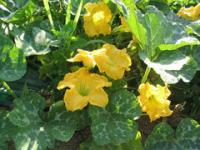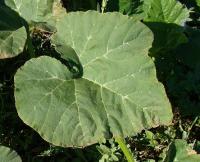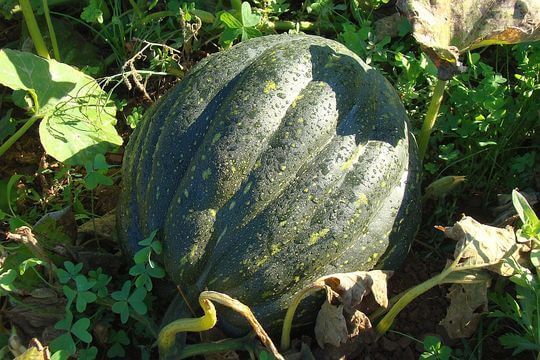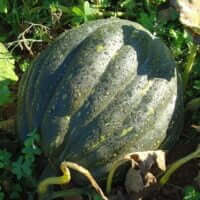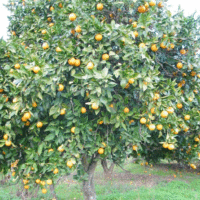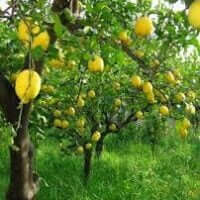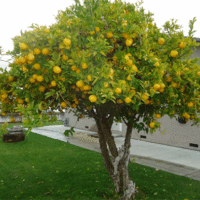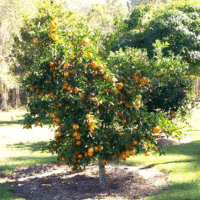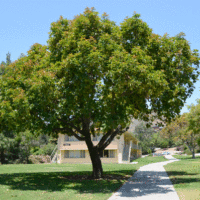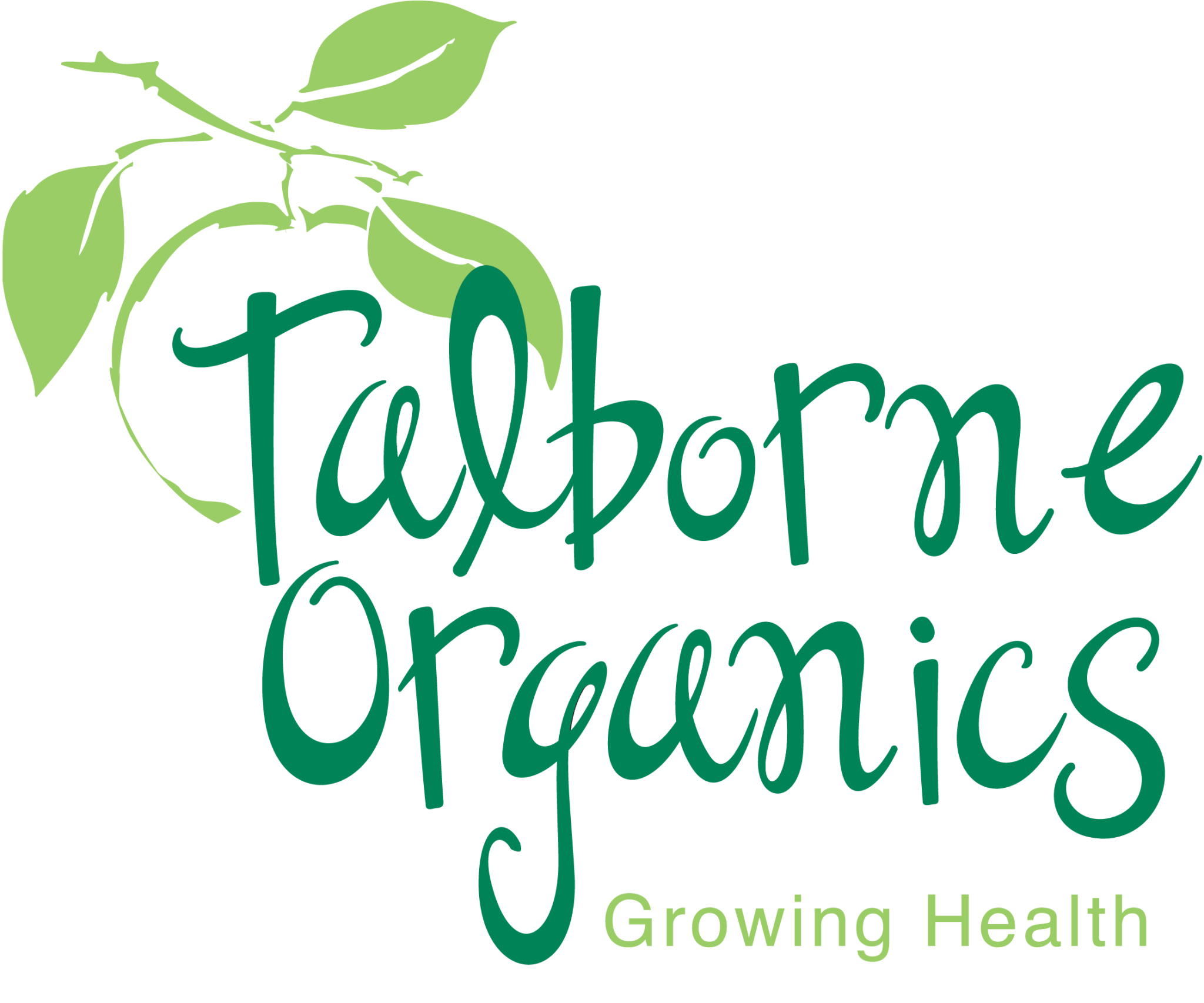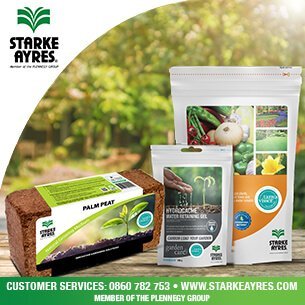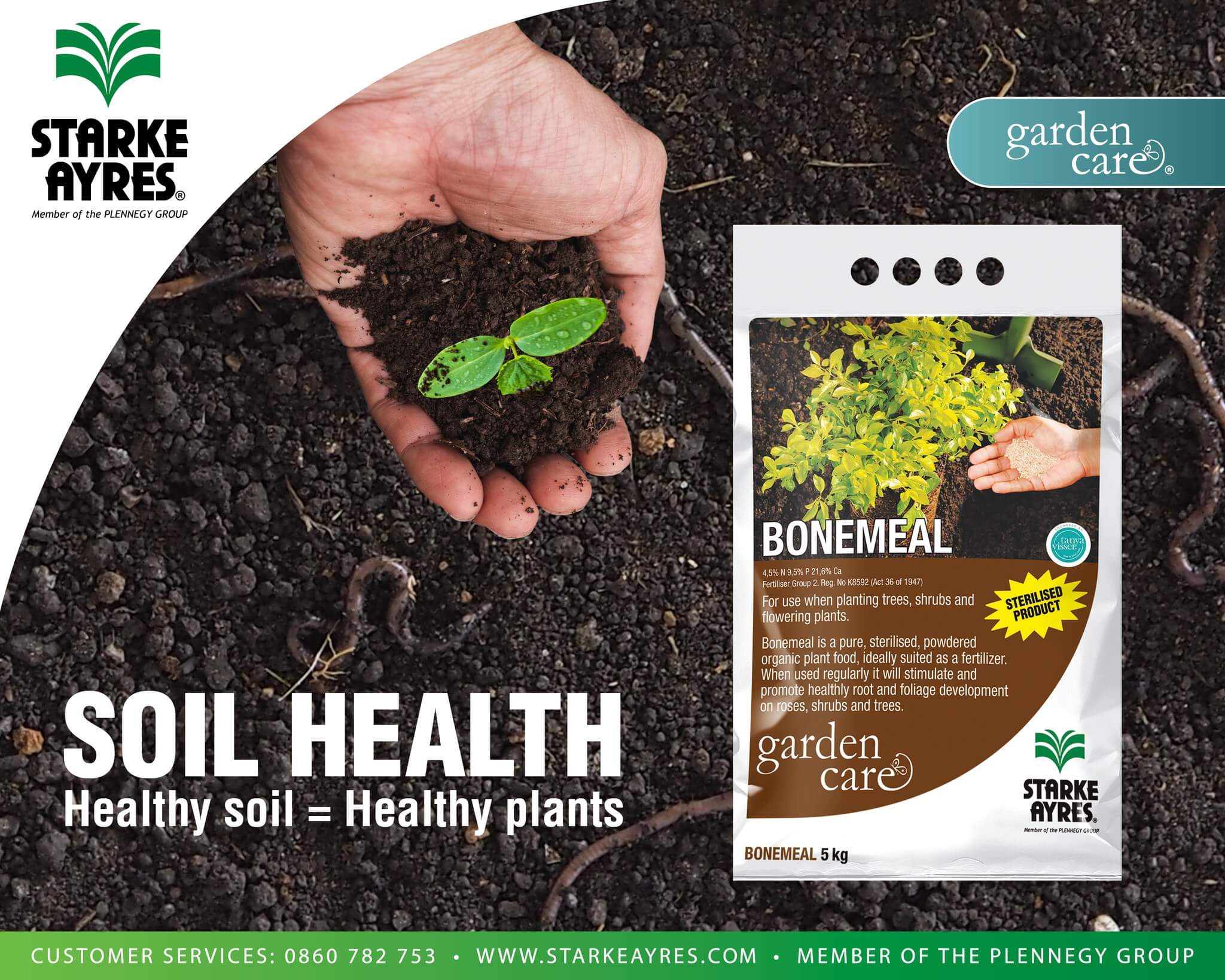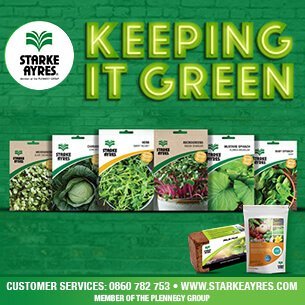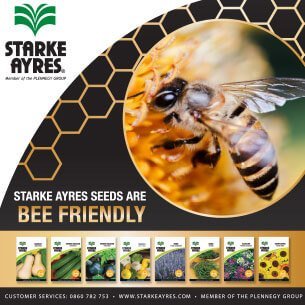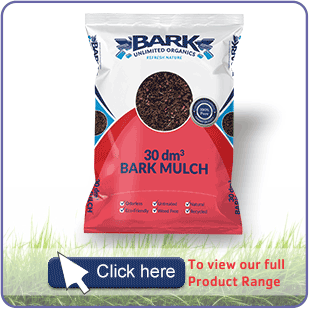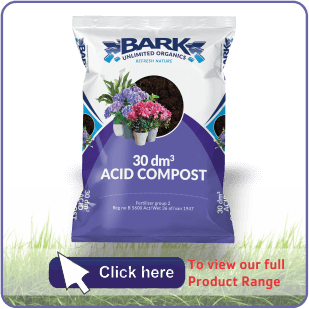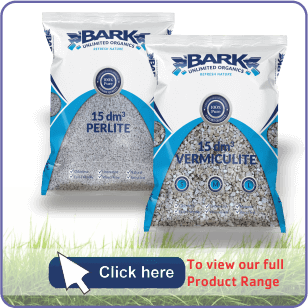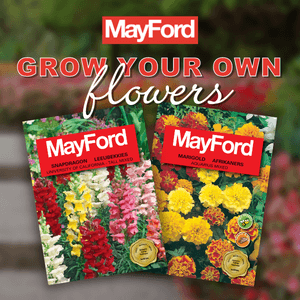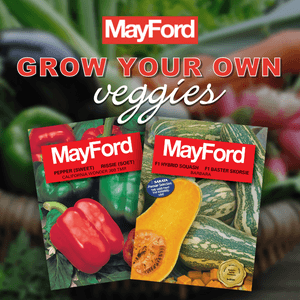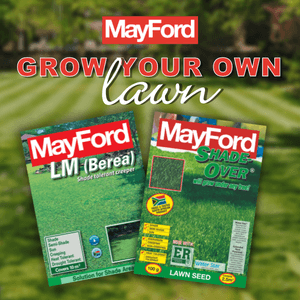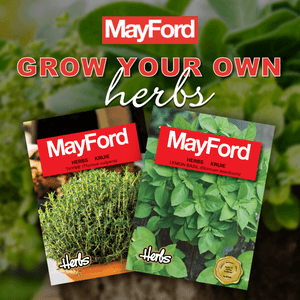| Botanical name | Cucurbita moschata |
|---|---|
| Plant Care |  Deciduous Deciduous – Sheds Its Leaves Annually  Full Sun Full Sun – Prefers 6 or more hours of sun per day. Frost Hardy Frost Hardy – Can Handle frost without damage.  Moderate Watering Moderate Watering – Requires Regular Watering.  Pruning Required Pruning Required – Needs to be Pruned.  Non Indigenous Non Indigenous – Exotic to South Africa. |
| Categories | |
| Common name(s) | Butternut Squash |
| Origin | |
| Planting instructions | For squash and marrows, sow five to six seeds per basin; thin out the bush varieties to two per station and the trailing varieties to three plants.The trailing types can be trained onto a trellis, with seeds planted 1m apart. |
| Maintenance | Water well during dry weather and feed with liquid fertilizer every 10 days once the fruits start to swell. |
| Soil conditions | Soil should be rich and well drained. |
| Uses | Dehusked seeds are a delicious snack and can be added to breads, biscuits, stuffings and stir-fries, and the pulp of the pumpkin, is a great ingredient in roasts, fritters and pies. The flowers are also edible and can be added to dishes as flavouring. |
| Interesting planting ideas | Plant near mealies, beans and radishes. also plant garlic and chives near them, this helps with mildew. |
| Interesting info | Pollination may be improved by putting pollen from male flowers into the female ones (female flowers have small fruits behind the flower). |
| Common pests and diseases | Pumpkin fly, aphids. Mildew. |
| Harvest | Most varieties should be eaten while young.To test the age and tenderness of a large marrow, push your thumbnail just above the stalk. If the nail slips in easily the marrow is perfect.If it is hard to push the nail in, then the marrow is best discarded. |
| Yield | Five plants should yield enough pumpkins, marrows or squash for a family of five. |
Cucurbita moschata (Butternut Squash)
- Botanical name: Cucurbita moschata
- Common name(s): Butternut Squash
- Categories: Fruits and Vegetables
Plant description:
Pumpkins, squash, marrows and courgettes (baby marrows) all fall into the same group of easy-to grow, warm-season crops.
Family: Cucurbitaceae
Botanical Pronunciation: koo-KER-bih-ta MOSS-kuh-ta
Cucurbita moschata requirements and features
info on these icons
Moderate Maintenance
Requires moderate maintenance.
Prohibited Use Notice: No Data Scraping Allowed Except for Search Engine Indexing:
The content provided on PlantInfo.co.za is intended for personal, non-commercial use only. Unauthorized extraction, reproduction, or use of the data, including scraping, for any purpose other than search engine indexing is strictly prohibited. Violations of these terms may result in legal action. By accessing and using this website, you agree to comply with these conditions and acknowledge the legal restrictions on the use of our content.
